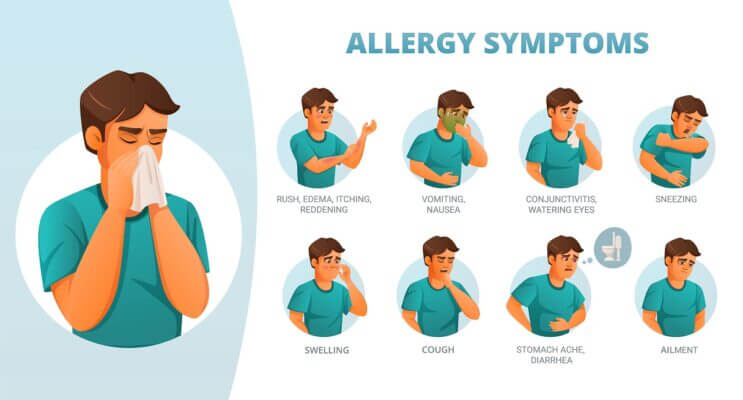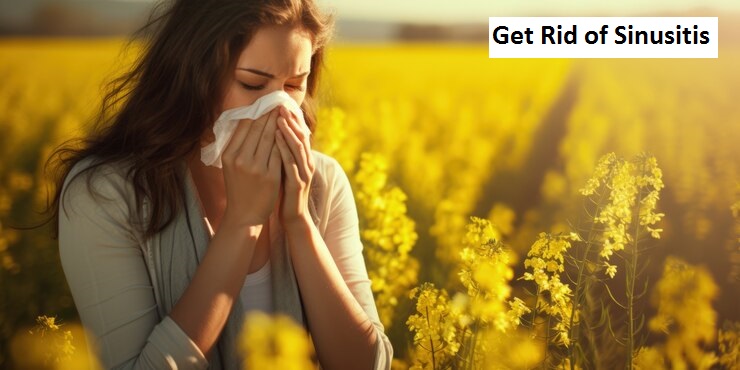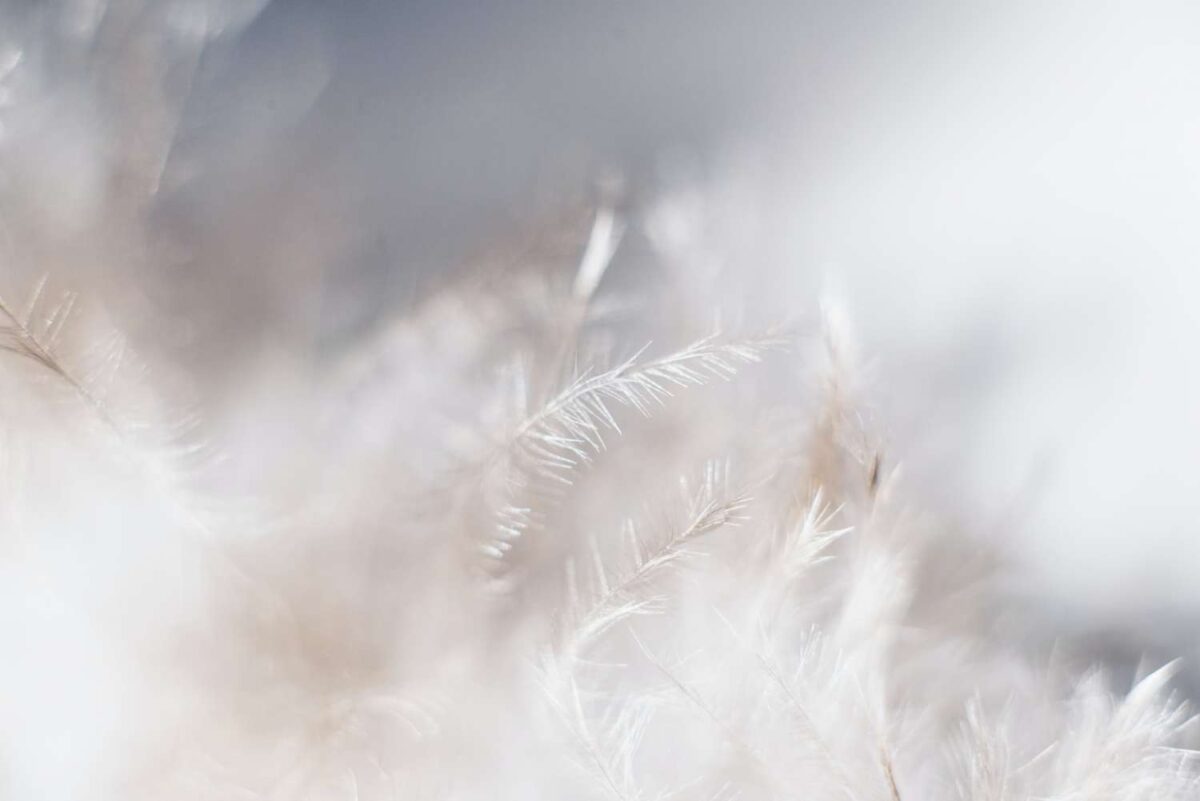Services, Sinus and Migraine
Grass Pollen Allergy Symptoms and Natural Treatment
Understanding Grass Pollen Allergy
Grass pollen allergies occur when your immune system overreacts to harmless grass pollen particles in the air. These tiny particles are released by grasses during their reproductive cycle, which typically happens in specific seasons depending on where you live.
Common Allergy-Triggering Grasses:
- Bermuda grass
- Timothy grass
- Ryegrass
- Kentucky bluegrass
- Orchard grass
Your immune system plays a crucial role in this allergic response. When you breathe in grass pollen, your body mistakenly thinks these particles are harmful invaders. This sets off a series of events:
- Your immune system produces specific antibodies called Immunoglobulin E (IgE)
- These antibodies signal your cells to release histamine
- Histamine causes inflammation and typical allergy symptoms
The severity of your reaction depends on several factors:
- Your genetic predisposition
- The amount of pollen exposure
- Environmental conditions
- Your current immune system status
The timing of grass pollen release varies by region. Northern areas experience peak pollen seasons during late spring and early summer. Southern regions might have year-round exposure due to different grass species and climate patterns.
You’ll notice higher pollen counts on warm, dry, windy days. These weather conditions create the ideal environment for pollen to travel through the air and trigger allergic reactions.
Recognizing the Symptoms
Grass pollen allergy symptoms can range from mild discomfort to severe reactions that impact daily activities. The most common signs include:
1. Respiratory Symptoms
- Persistent sneezing
- Stuffy or blocked nose
- Runny nose with clear discharge
- Postnasal drip
- Scratchy or sore throat
2. Eye-Related Issues
- Red, swollen eyes
- Intense itching
- Watery discharge
- Dark circles under eyes
- Sensitivity to light
3. Skin Reactions
- Itchy skin patches
- Hives or rashes
- Eczema flare-ups
- Contact dermatitis from grass exposure
The severity of allergic rhinitis symptoms varies significantly among individuals. Some people experience mild sneezing and itching, while others face debilitating reactions that affect sleep, work, and social activities. Weather conditions, pollen counts, and individual sensitivity levels influence symptom intensity.
Children often display different symptom patterns than adults:
- Increased irritability
- Frequent throat clearing
- Rubbing nose upward (allergic salute)
- Mouth breathing
- Dark circles under eyes (allergic shiners)
These symptoms typically intensify during peak grass pollen seasons, particularly on warm, dry, windy days when pollen counts soar.

Natural Remedies for Relief
Natural approaches offer effective relief from grass pollen allergy symptoms without relying on medication. These remedies work by addressing the root causes of allergic reactions and providing symptom relief through gentle, non-invasive methods.
1. Nasal Rinsing with Saline Solutions
Saline nasal irrigation stands out as a powerful natural remedy for grass pollen allergies. This ancient practice uses a saltwater solution to:
- Clear pollen particles from nasal passages
- Reduce inflammation in the nasal membranes
- Thin mucus secretions
- Restore moisture to dried nasal passages
How to Use Saline Solutions:
- Mix 1/4 teaspoon non-iodized salt with 8 ounces of warm distilled water
- Use a neti pot or nasal spray bottle to irrigate nasal passages
- Tilt your head sideways over a sink
- Pour the solution into one nostril, letting it drain from the other
- Repeat on the opposite side
Best Practices for Nasal Rinsing:
- Rinse twice daily during high pollen seasons
- Use sterile or distilled water
- Clean your irrigation device after each use
- Adjust salt concentration for comfort
Research shows nasal irrigation reduces allergy symptoms by up to 70% when used regularly. The practice helps maintain healthy nasal passages while providing immediate relief from congestion and irritation caused by grass pollen exposure.
2. Local Honey Consumption: Myth or Reality?
Local honey is often believed to be a natural remedy for grass pollen allergies based on a simple idea: bees gather pollen from nearby plants and mix it into their honey. The theory behind this belief is that by eating this honey, you are exposing yourself to tiny amounts of local pollen, which in turn helps your body develop immunity.
However, research on this widely held belief has yielded mixed results. A study published in 2002 in the Annals of Allergy, Asthma & Immunology found no significant difference between individuals who consumed local honey and those who did not. The main problem with this theory is that bees usually collect heavy, sticky pollen from flowers rather than the light, airborne grass pollen responsible for triggering allergic reactions.
Key considerations for honey consumption:
- Raw, unprocessed honey contains more beneficial compounds
- Start with small amounts to test for potential allergic reactions
- Choose honey from local sources within 50 miles
- Ensure consistent daily consumption for potential benefits
While scientific evidence supporting the effectiveness of local honey for allergies is limited, some individuals claim to experience improvements in their allergy symptoms after regularly consuming local honey. It’s possible that the placebo effect may contribute to these perceived benefits.
3. Dietary Adjustments for Immune Support
A strategic anti-inflammatory diet can significantly reduce grass pollen allergy symptoms. Your immune system benefits from specific nutrients found in colorful fruits and vegetables:
- Vitamin C-rich foods: Citrus fruits, strawberries, and bell peppers strengthen immune response
- Beta-carotene sources: Sweet potatoes, carrots, and leafy greens reduce inflammation
- Quercetin-packed options: Apples, onions, and berries act as natural antihistamines
Immune-boosting superfoods:
- Garlic
- Ginger
- Turmeric
- Green tea
- Fatty fish rich in omega-3s
These foods work best when consumed regularly throughout allergy season. A balanced diet should include 5-7 servings of fruits and vegetables daily, with emphasis on raw options that preserve natural enzymes and nutrients. Adding probiotic-rich foods like yogurt and fermented vegetables supports gut health, strengthening your body’s natural defense against allergic reactions.
4. Herbal Remedies: Quercetin as a Natural Antihistamine
Quercetin stands out as a powerful natural antihistamine found in various plants and foods. This flavonoid compound works by stabilizing mast cells, preventing them from releasing histamine during allergic reactions.
Natural Sources of Quercetin:
- Red onions
- Green tea
- Apples
- Citrus fruits
- Dark berries
- Leafy greens
Daily Integration Methods:
- Start your day with green tea
- Add red onions to salads
- Snack on apple slices
- Create berry smoothies
For targeted allergy relief, quercetin supplements offer a concentrated dose. The recommended timing is 20-30 minutes before meals, with typical dosages ranging from 500-1000mg daily during allergy season. Combining quercetin with bromelain, an enzyme found in pineapples, can enhance its absorption and effectiveness.
Additional Beneficial Herbs:
- Butterbur
- Stinging nettle
- Rosemary
- Ginger root
These herbs complement quercetin’s antihistamine properties, creating a comprehensive natural defense against grass pollen allergies.
5. Managing Indoor Air Quality During High Pollen Days
Your home should be a sanctuary where you can escape from grass pollen allergens. To achieve this, installing HEPA air purifiers in your bedrooms and living areas is highly recommended. These purifiers are designed to capture up to 99.97% of airborne particles, including pollen.
Essential indoor air quality practices:
- Keep windows closed during peak pollen hours (5 AM – 10 AM)
- Set air conditioning to recirculate mode
- Change HVAC filters monthly during allergy season
- Clean air vents regularly to prevent pollen buildup
- Use vacuum cleaners with HEPA filtration
Air quality monitoring tips:
- Track local pollen counts through weather apps
- Watch for visible dust accumulation on surfaces
- Notice any increase in allergy symptoms indoors
- Check humidity levels (maintain between 30-50%)
To further improve your indoor air quality, consider running a dehumidifier alongside your air purifier. This combination helps reduce moisture in the air, making it less likely for pollen particles to settle. Additionally, make sure to position your air purifiers near windows and doors where pollen typically enters your home.
It’s important to note that seasonal allergies can significantly impact your quality of life. Hence, taking these steps seriously will help mitigate the effects of such allergies.
Understanding Grass Pollen Allergy
Grass pollen allergy is a common immune response that affects millions of people around the world. Medically known as allergic rhinitis or hay fever, this condition occurs when your immune system mistakenly identifies grass pollen as a harmful substance.
Common Symptoms
The symptoms of grass pollen allergy can vary from person to person, but they often include:
- Persistent sneezing
- Runny or stuffy nose
- Itchy or watery eyes
- Throat irritation
- Ear discomfort
- Nasal congestion
- Chronic coughing
- Unexplained fatigue
- Skin reactions (hives)
- Puffy, red eyes
How the Allergic Reaction Works
When grass pollen enters your body through your nose, mouth, or eyes, your immune system reacts by releasing specific antibodies called Immunoglobulin E (IgE). These antibodies trigger the release of histamine and other chemicals into your bloodstream, leading to the typical allergy symptoms.
Understanding Severity Levels
The severity of grass pollen allergy symptoms can be categorized into three levels:
- Mild: Occasional symptoms that don’t interfere with daily activities
- Moderate: Regular symptoms affecting sleep and daily tasks
- Severe: Persistent symptoms impacting quality of life
Factors Influencing Symptom Intensity
The intensity of your allergy symptoms can be influenced by various environmental factors, including:
- Pollen count in the air
- Weather conditions
- Time of day
- Geographic location
- Individual sensitivity levels
It’s important to consult with a healthcare provider for proper diagnosis and treatment options for managing these allergic reactions.
Types of Grasses that Cause Grass Pollen Allergy
Several grass species are known to trigger allergic reactions, with some producing particularly potent allergens. Here are the primary grass types responsible for pollen allergies:
Most Allergenic Grasses:
- Bermuda Grass – A common warm-season grass found in lawns and sports fields
- Fescue – Popular in temperate regions, known for its hardy nature
- Orchard Grass – Prevalent in pastures and hay fields
- Sweet Vernal – Found in meadows and responsible for early spring allergies
Additional Common Allergen Sources:
- Timothy Grass – Widely used in hay production
- Kentucky Blue Grass – Popular in residential lawns
- Bahia Grass – Common in southern regions
- Johnson Grass – Found in agricultural areas
- Rye Grass – Used in both temporary and permanent lawns
Each grass species releases pollen at different times throughout the growing season. Bermuda grass typically pollinates during late spring and summer, while Fescue and Timothy grass pollinate in early-to-mid summer. Sweet Vernal grass starts its pollen production in early spring, creating an extended allergy season for sensitive individuals.
These grasses can release pollen particles as small as 3 microns in size, allowing them to travel long distances through the air and easily enter the respiratory system.
Preventative Measures for Grass Pollen Allergy Management
Managing grass pollen allergies requires a proactive approach to minimize exposure and reduce symptom severity. Here’s a comprehensive strategy to protect yourself during pollen season:
Time Your Outdoor Activities
- Plan outdoor activities before 10 AM or after sunset when pollen counts are lowest
- Check daily pollen forecasts through weather apps or websites
- Stay indoors on dry, windy days when pollen dispersal peaks
Protective Gear and Clothing
- Wear wraparound sunglasses to shield eyes from airborne pollen
- Use wide-brimmed hats to prevent pollen from settling in your hair
- Choose tightly woven fabrics that help block pollen particles
Personal Hygiene Practices
- Remove shoes before entering your home
- Change clothes immediately after outdoor activities
- Shower before bedtime to wash away pollen from hair and skin
- Wash bedding weekly in hot water (130°F) to eliminate pollen
Home Protection Strategies
- Use HEPA filters in your bedroom
- Keep windows closed during peak pollen hours
- Vacuum floors with a HEPA-equipped vacuum cleaner twice weekly
- Wipe pets’ paws and fur after they’ve been outside
- Use high-efficiency air filters in your car’s ventilation system
These prevention strategies create multiple barriers against pollen exposure, helping you maintain control over your allergy symptoms during grass pollen season.
When to Seek Professional Help
Natural treatments work for many people with grass pollen allergies, but there are times when you need to see a doctor. Here are some signs that it’s time to consult an allergist:
- Symptoms that last longer than 2-3 weeks
- Severe congestion that affects your sleep or daily activities
- Frequent sinus infections
- Asthma-like symptoms such as wheezing or shortness of breath
- Over-the-counter medications that don’t seem to help
How an Allergist Can Help You
An allergist can create a treatment plan that’s tailored to your specific needs. Here’s how:
1. Diagnostic Testing
The allergist will perform tests to identify the specific allergens causing your symptoms. These tests may include:
- Skin prick tests to identify specific grass allergens
- Blood tests measuring antibody levels
- Lung function tests if you have breathing issues
2. Treatment Options
Based on the results of the tests, the allergist will recommend treatment options that may include:
- Prescription antihistamines and nasal corticosteroids
- Leukotriene modifiers for inflammation control
- Immunotherapy (allergy shots or sublingual tablets)
- Custom action plans for severe allergy management
The Benefits of Immunotherapy
Immunotherapy is a long-term solution for grass pollen allergies. It works by gradually desensitizing your immune system to the allergens over a period of 3-5 years. Many patients experience lasting relief from their symptoms after completing this treatment.
Be Prepared for Emergencies
Severe allergic reactions can happen unexpectedly, so it’s important to be prepared. Establish a relationship with an allergist before any emergency situations arise. This way, you’ll have professional medical guidance to help you manage your grass pollen allergies safely and effectively throughout the year.
FAQs (Frequently Asked Questions)
What are the common symptoms of grass pollen allergy?
Common symptoms of grass pollen allergy include sneezing, runny or stuffy nose, itchy or watery eyes, nasal congestion, skin rashes, and even fatigue. Symptoms can vary among individuals in terms of severity.
What types of grasses produce allergenic pollen?
Several types of grasses produce allergenic pollen, with Bermuda, Timothy, Ryegrass, Fescue, and Orchard being among the most common. These grasses release fine pollen during their reproductive process, which can trigger allergic reactions.
How can saline solutions help with grass pollen allergy symptoms?
Nasal rinsing with saline solutions can provide relief by clearing allergens from the nasal passages and reducing congestion. This method helps to wash away irritants and improve overall nasal health during allergy season.
Is consuming local honey effective for building tolerance to grass pollen?
The belief that consuming local honey can build tolerance to local pollen is popular; however, scientific support for this remedy is limited. While it may not be a guaranteed solution, some individuals find it beneficial as part of a broader approach to managing allergies.
What dietary adjustments can support immune health during allergy season?
A diet rich in fruits and vegetables is essential for supporting immune function during allergy season. Specific foods that are anti-inflammatory may help reduce symptoms and enhance overall immune health when exposed to allergens.
When should I seek professional help for grass pollen allergies?
You should consider seeking professional help from an allergist if you experience persistent symptoms despite trying home remedies. An allergist can provide personalized treatment options including over-the-counter medications and immunotherapy tailored to your specific needs.
Discover more from DAD Ayurveda
Subscribe to get the latest posts sent to your email.








